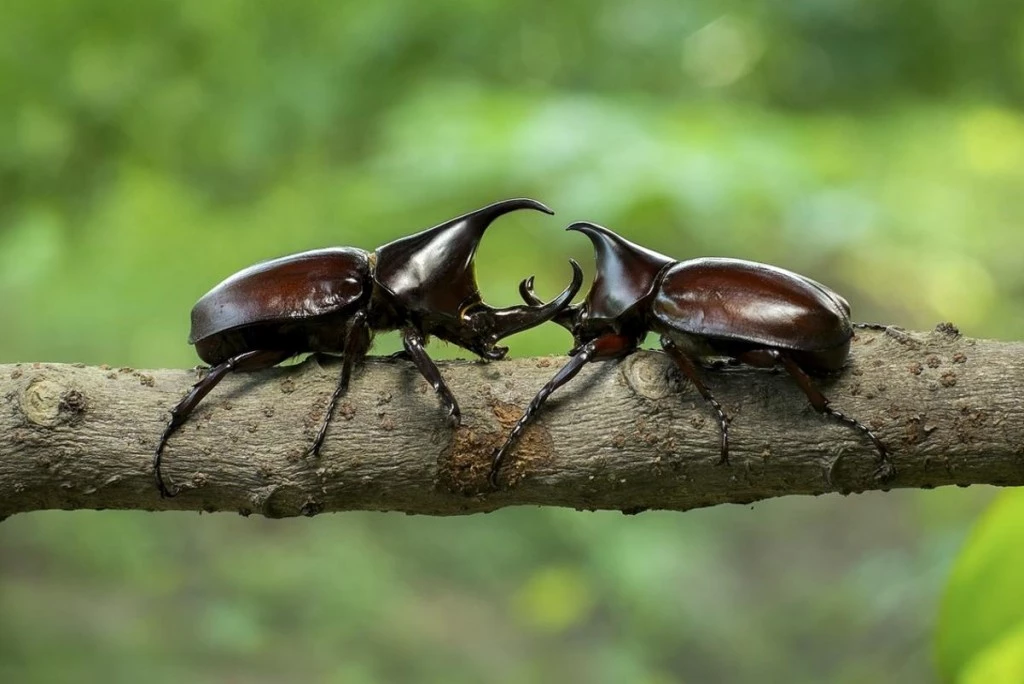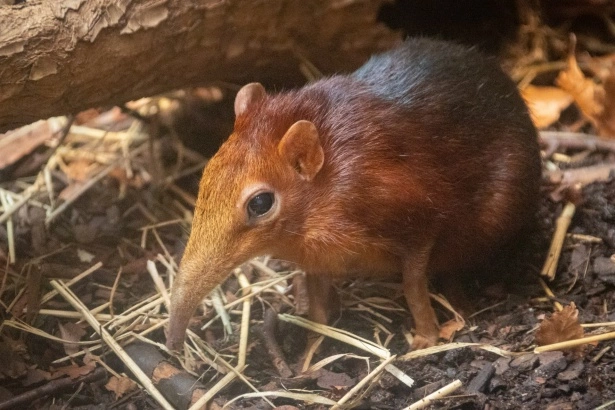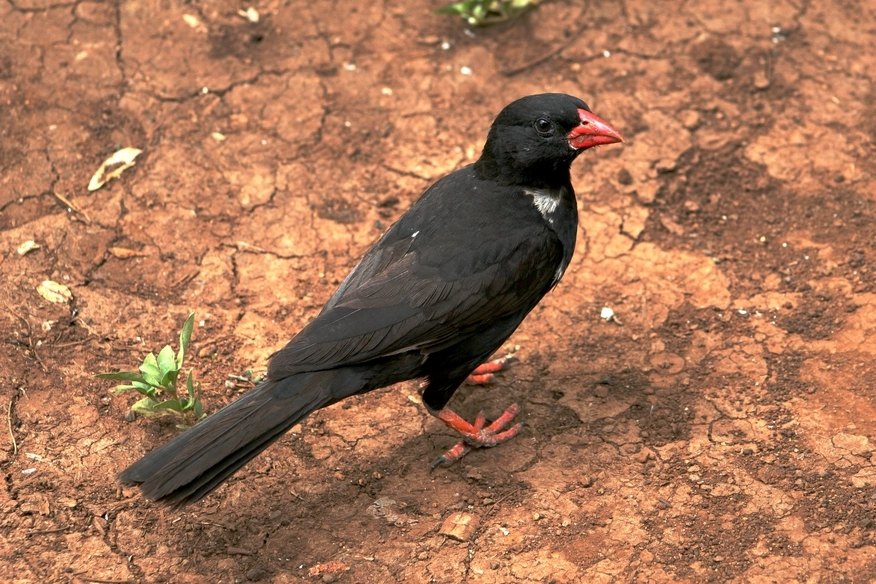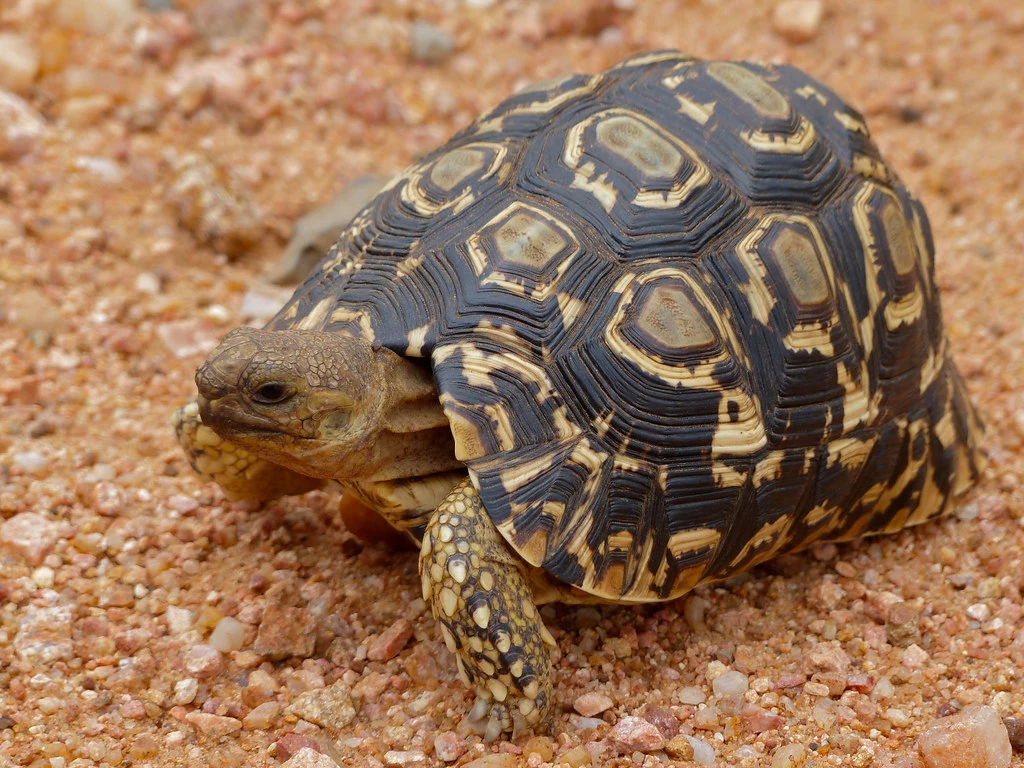Wild animals all over the world come in different sizes. You will be surprised to discover that some of these wild animals are very small indeed. Read on to get to know more about the small five safari animals.
- Rhino Beetle

Rhino beetles are plant-eating insects. They acquired the name ‘rhino’ due to the presence of a horn-like protuberance which is found on the male’s head. It would come as a shock how these insects are strong since they can carry a weight which is 850 times more than their weight. The horns of the rhino beetles are very essential to them. Coupled with their great strength, the insects use their horns to dig holes in the ground when they want to escape from enemies which are mostly predators. When the time for mating comes, the male rhino beetle uses the horn to scare away the other males who may be preying on their suited female mate.
Rhino beetles grow to a maximum of six inches which is equivalent to fifteen centimeters. Of all the beetles in the world, the rhino beetles emerge as the largest of them all. It is easy to distinguish between the male and female rhino beetles since the females lack horns. Depending on which subspecies of rhino beetles you are dealing with, it may be black, gray or even green. Since they are herbivorous, rhino beetles feed on vegetation. You are most likely to find the rhino beetles in rocky or woody places.
- Elephant Shrew

Elephant shrews are known to be insect eaters. They get the name ‘elephant’ due to their projected head and their lengthy and flexible nose which resembles an elephant trunk. The elephant screws are rather unsocial animals and they come in about nineteen different species. You may not find elephant screws in large screws but only in twos or threes. Elephant screws immediately establish their area using a smell which comes from a gland which is found below the tail. This smell is usually a foul smell which easily keeps away predators.
You may hear some people referring to the elephant shrews as Jumping shrews or Sengis. The lengthy projected nose of the elephant shrew enables it to easily find insects to eat with the aid of its tongue. It may pose a challenge for the elephant shrew to catch big prey like millipedes since they must first ensure they are firm on the ground. The elephant screw’s antisocial nature makes them very harsh to any stranger. They will make loud hissing noises and try to jump about to send away the stranger. Apart from insects, they also eat small amounts of plant leaves at times.
- Antlions

The antlion is an insect which catches insects by digging holes so they can fall inside. They have an oval-shaped abdomen which enables them to dig the pits to be as deep as possible. At this time the antlions are at the larval stage where they feed a lot. You will find the antlions mostly in the dry and sandy areas. After digging the pit, the antlion then gets in and buries itself with the sand so that it is not easily seen by the passing insects. However, it leaves its jaws outside and grabs any passing insect.
Since not all the antlions live in sandy and dry areas, some may be found in woody places or even areas with many leaves where they hide as they wait for insects. The whole process of hunting may be difficult at times and the antlion may go for days without food. The antlion is adapted and can go for days without food. However, its growth will be at a slower rate. At the end of its larval stage, the antlion goes to a cocoon and becomes an adult. The adult form feeds a smaller amount of food but has a shorter time to live.
- Buffalo Weavers

The buffalo weaver is common in the grassland regions of eastern and southern Africa. The buffalo weavers come in three groups. There is a white-headed buffalo weaver, a red-billed buffalo weaver and a white-billed buffalo weaver. Buffalo weavers are omnivorous birds which means they can feed on other insects or even plant material. These birds can only grow to a maximum of 20 to 25 centimeters which is equivalent to 8 to 10 inches. The buffalo weaver birds have a habit of always going where the buffaloes are going and this makes them acquire the name ‘buffalo’.
The buffalo weavers mostly move as a large group so that they can protect themselves easily from predators. Whenever they are in a particular place the Buffalo weavers are normally very noisy. During breeding, they breed in groups.
- Leopard Tortoise

The leopard tortoise is known for its hard carapace which is normally spotted in black whereas in other tortoises it may have yellow stripes. These are the most conspicuous when the leopard tortoise is young but as they get old it fades away. The leopard tortoise is primarily a plant eater. At times they may be found nibbling on bones or even feeding on hyena feces. These are very essential as they provide the leopard tortoise with the necessary calcium.
Mating can turn male leopard tortoises into enemies as they compete for females. This competition can even lead to fights. The male leopard follows the female and can at times force her to be subservient. A leopard tortoise which is said to be fully grown is about 40 cm long and can weigh up to 13kg. When the female wants to lay eggs she digs a hole and can lay up to 30 eggs. These eggs require maximum protection as they are preyed upon by animals such as lizards and snakes.
You will find the leopard tortoise very energetic during the day and less agile at night. During the day it is normally hot and sunny and this makes the leopard less vigorous.
